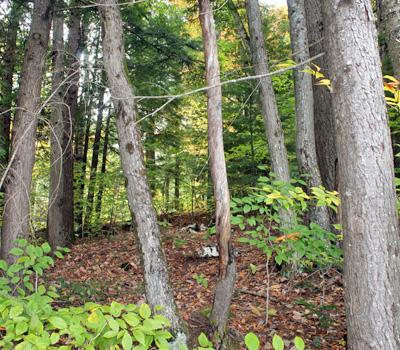Taxation and Sustainable Management in the Northern Forest

Since the 1990s, forestry activity in the four Northern Forest states has declined. Industrial forest owners have transferred lands to Timberland Investment Management Organizations (TIMOs) and Real Estate Investment Trusts (REITs) for beneficial tax reasons. At the same time, property values have increased substantially, and rising property taxes have made sustainable forest management problematic. The role of state taxes, in particular, is of concern because the different ways in which timber and land are taxed among the four states can have substantial competitive and sustainability impacts for the forest sector as a whole.
NSRC researchers analyzed the total tax burden associated with federal and state taxes on timberland owners in the four states. They reviewed existing forest taxation policies and current issues regarding tax impacts on forest management in each state. They compared changes in Land Expectation Value from all taxes affecting forested land.
Researchers found that state forestry assessment programs can greatly reduce property taxes that landowners pay and may create incentives to maintain property in forest production, although risks associated with these programs may cause landowners to be reticent about entering into them. Currently established state forestry programs, except in New York, have been heavily utilized and effective in reducing property taxes. However, their effectiveness is now causing these programs to be reconsidered in some states. An important outcome of this research was a clearer understanding of the role of tax policy in the Northern Forest states and the implication that it has for sustainable forest management in the region.
